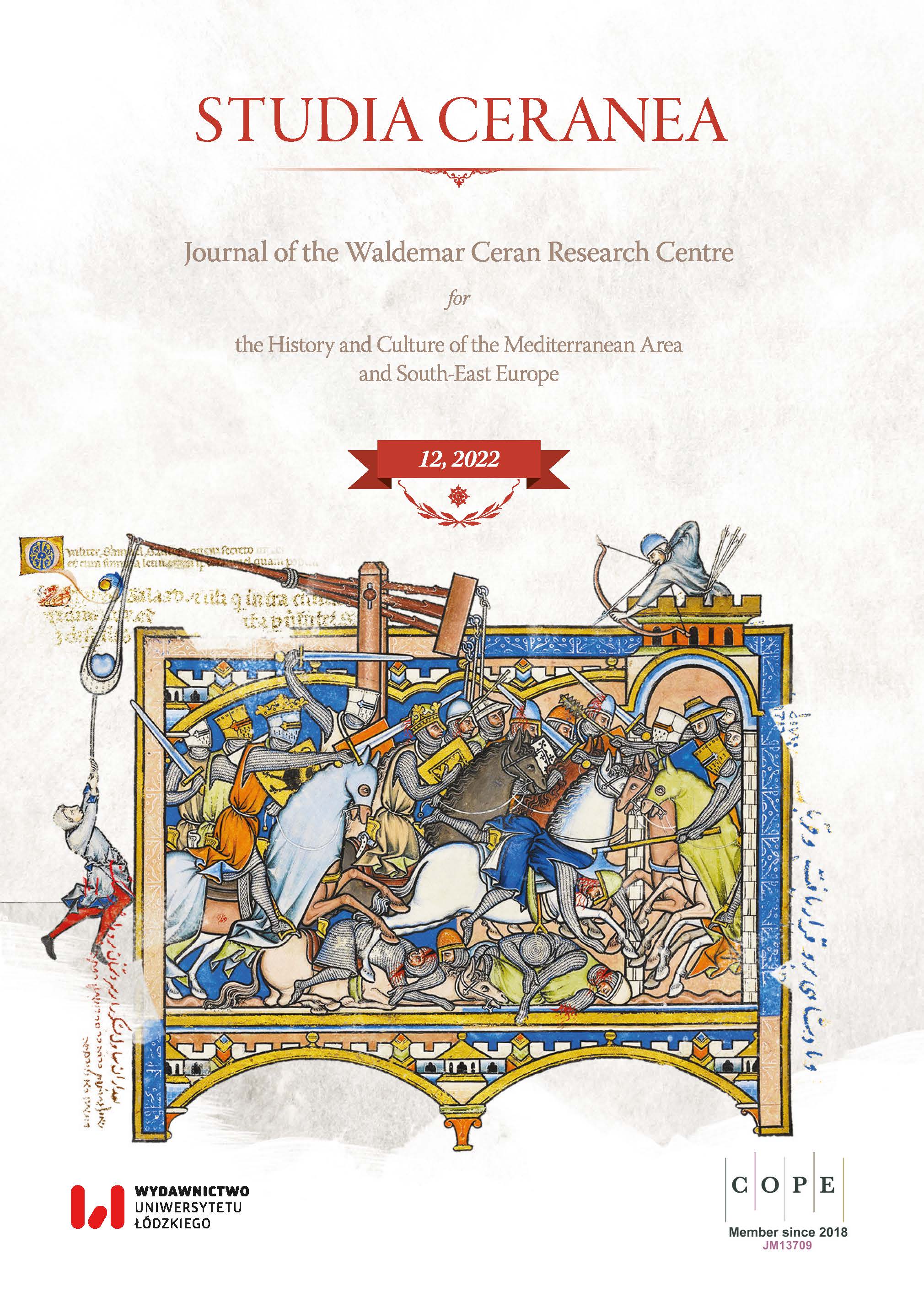The Legal and Fiscal Situation of the Serbs in the Patriarchate of Peć during the First Decades of the 18th Century
The Legal and Fiscal Situation of the Serbs in the Patriarchate of Peć during the First Decades of the 18th Century
Author(s): Piotr KręzelSubject(s): History, Theology and Religion, 17th Century, 18th Century
Published by: Wydawnictwo Uniwersytetu Łódzkiego
Keywords: Serbian Orthodox Church; Serbian millet; Patriarchate of Peć; Ottoman Administration; Balkan Peninsula
Summary/Abstract: In the early modern era, the Serbs who lived in the Balkan Peninsula under Ottoman rule formed what was known as a millet. From 1557, their leader was the head of the Patriarchate of Peć, whose jurisdiction and scope of territorial powers were constantly determined by an official document issued by the sultan – i.e., a berat. The aim of the article is to characterise the legal situation and fiscal obligations of the Serbian people in the Ottoman Empire in the period between their first (1689/1690) and second (1737–1739) migration. The research focuses on the times of Patriarch Arsenije IV Jovanović Šakabenta (1698–1748) and his methods of obtaining various kinds of tributes (dimica, svadbina) to pay the annual kesim tax to Hazine-i Âmire. The text also analyses the areas where the Patriarchate of Peć held jurisdiction in the first decades of the 18th century.
- Issue Year: 2022
- Issue No: 12
- Page Range: 651-666
- Page Count: 16
- Language: English

